Sunday Post: A Golden Autumn Afternoon at Basildon Park - A House of Empire, War, and Survival
Member Update
We are now 134 members strong! Thank you to everyone who joined recently. We're building something really special here, and we're happy to have you here!
One of our priorities for 2025 is to integrate the club more directly with Anglotopia.net so we can increase visibility and, hopefully, membership in the club. We are starting to import over the Sunday Posts onto Anglotopia, and putting them behind the Memberful paywall so that only members can read them. The idea is that others who want to read them will also come across them and hopefully join in reading them! It's a 'soft-paywall.' As long as members are logged in to Memberful, you should be able to access them on Anglotopia as well, but for the foreseeable future, we will continue to publish them here and in your inbox. It's just another way to raise awareness of the club!
Here are some highlights from the Member's Forum this week:
- National Gallery Does Online Courses!
- Hadrian’s Wall Tour/Hike
- Please Share The Story Of Your First Visit to Britain
- ‘Slow Horses’ Renewed for Season 6 at AppleTV+
- What are your most favorite British TV shows of all time?
- What’s your favorite British TV Christmas Special?
Sunday Post: More on Basildon Park
Editor's Note: A few weeks ago, we promised more on Basildon Park and our visit there - it's finally ready to share with everyone!
As we drove through the Berkshire countryside on a crisp autumn afternoon, Basildon Park emerged from the landscape like a sleeping giant awakening. The Georgian mansion, its Bath stone glowing amber in the setting sun, stood proudly against a backdrop of trees painted in nature's finest fall colors. Yet beneath this picturesque scene lies a complex tapestry of stories - of colonial wealth, wartime sacrifice, near destruction, and remarkable renewal.
The Nabob's Dream
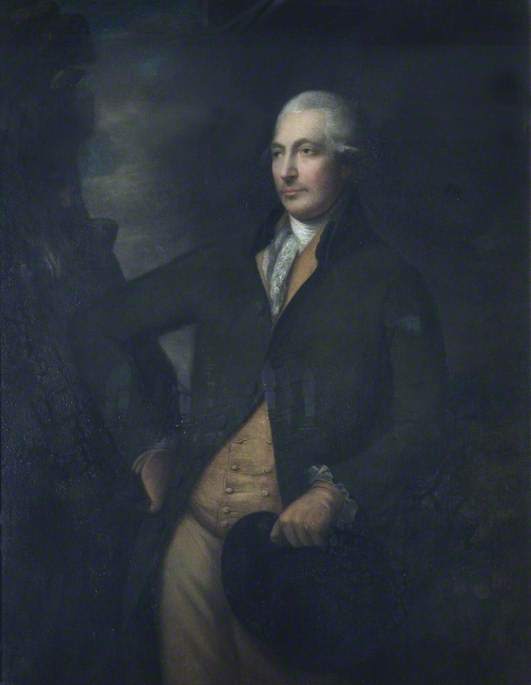
The story of Basildon Park begins with ambition and empire. Sir Francis Sykes, who commissioned the house between 1776 and 1783, was what his contemporaries called a "Nabob" - one of the British East India Company officials who returned from India having amassed enormous fortunes. But like many such fortunes of Britain's imperial age, the source of this wealth deserves closer scrutiny.
As we walked up the gravel drive, each crunching step reminded us that this house was built with money from Sykes' position as a tax collector in Bengal. His time there coincided with the Company's most rapacious period, including the Bengal Famine of 1770, during which an estimated one-third of Bengal's population perished while Company officials continued to demand high tax payments.
The house itself nearly didn't get built. In 1771, just as construction was set to begin, Sykes' carefully constructed world began to crumble. East India Company shares collapsed, and he found himself embroiled in a scandal over his activities as a tax collector. The dream of Basildon had to wait until 1776, and even then, financial troubles meant construction dragged on for the remainder of Sykes' life.
Architectural Masterpiece
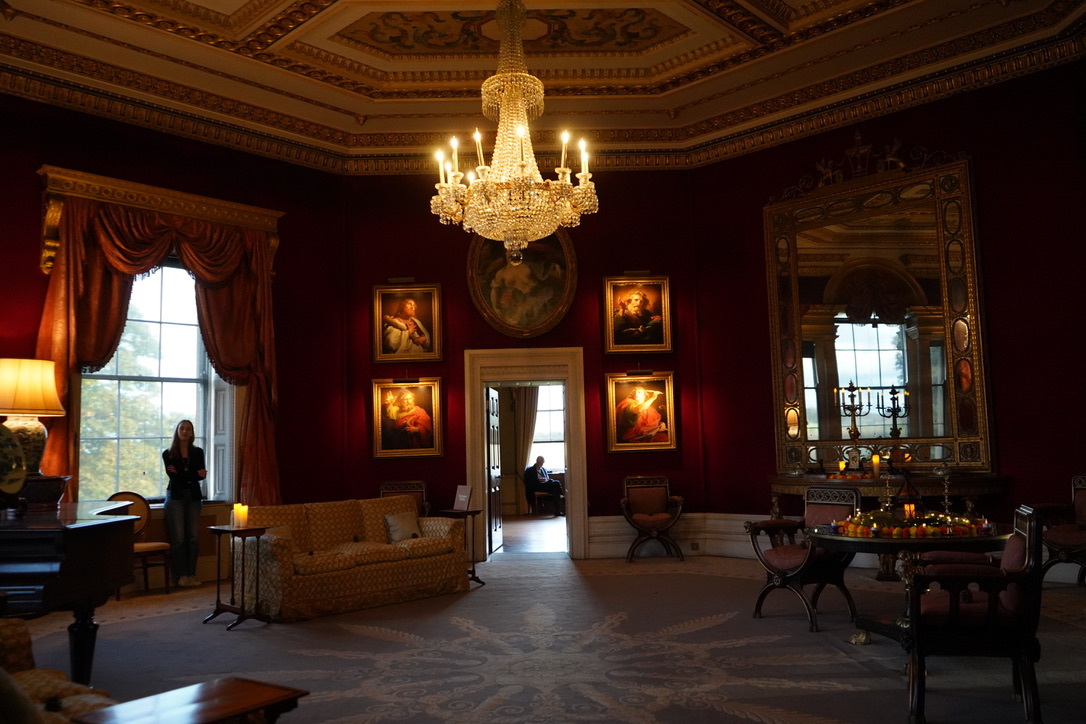
Standing before the house today, it's impossible not to be struck by its architectural brilliance. John Carr of York created a masterpiece of Palladian design, with a central corps de logis flanked by pavilions and a commanding three-story west front, reportedly inspired by Palladio's Villa Emo. The east front tells a different story, embracing the then-rising neoclassical style with its more austere appearance, showing how Carr masterfully bridged two architectural epochs.
Stepping inside, we were immediately struck by the refined drama of the entrance hall. Here, Carr's original design remains virtually untouched since the 18th century, featuring exquisite Etruscan ceiling panels and wall medallions with delicate plasterwork picked out in subtle pastel shades. The space flows naturally into the staircase hall, which opens magnificently into what might be Basildon's crowning glory - the Octagon Saloon.
This room, with its soaring Venetian windows, perfectly frames the parkland beyond while demonstrating Carr's genius for spatial drama. The architect, who had previously worked with Robert Adam at Fairfax House, clearly showed his admiration for Adam's style throughout the interior design. Nowhere is this more evident than in the dining room, where a dramatic screen of columns dominates one end, and the ceiling showcases a spectacular wheel of tendrils featuring the heads of Roman emperors - though ironically, these magnificent fittings now reside in New York's Waldorf-Astoria Hotel.
A House of Scandal and Romance
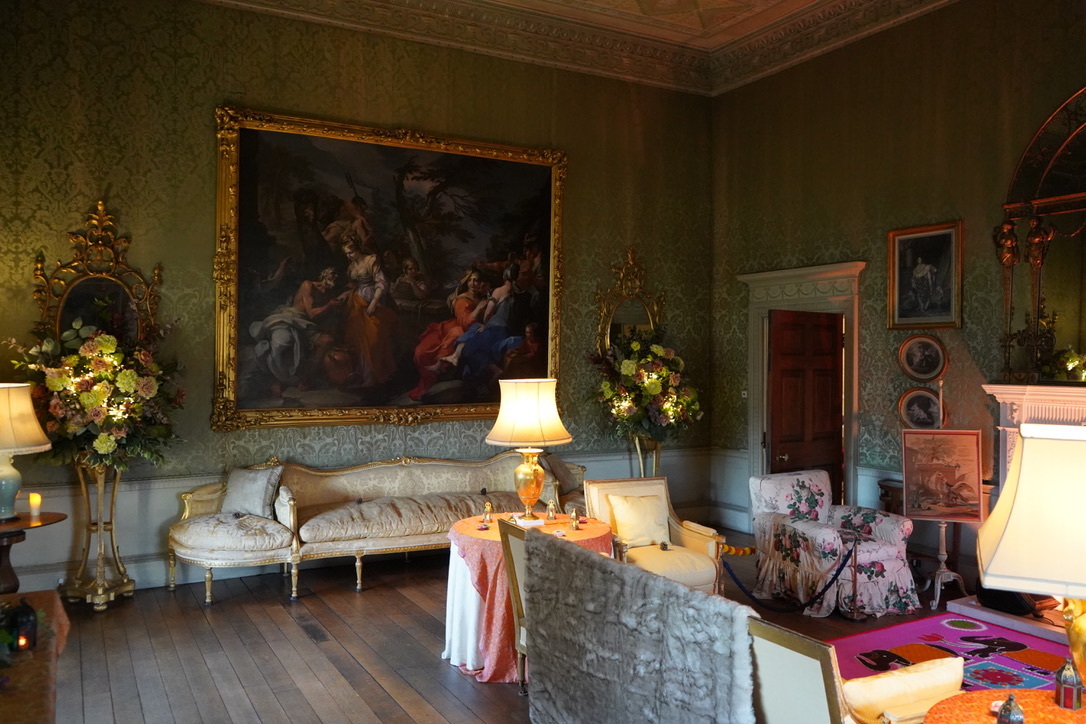
After Sykes' death in 1804, Basildon passed to his son, who died within weeks, leaving it to his five-year-old son, Sir Francis Sykes, the third Baronet. This young heir's friendship with the Prince Regent proved costly - at just 14, he hosted the future king at Basildon, an expense that contributed to the family's declining fortunes.
The house witnessed its share of scandal and romance. In the 1830s, Prime Minister Benjamin Disraeli carried on a passionate affair with Henrietta Sykes, the third Baronet's wife, while staying at Basildon. The relationship so moved Disraeli that he immortalized it in his novel "Henrietta Temple: A Love Story." By this time, the house was already on the market, the family's fortunes having waned considerably from the heady days of East India Company wealth.
From Elegance to Military Garrison
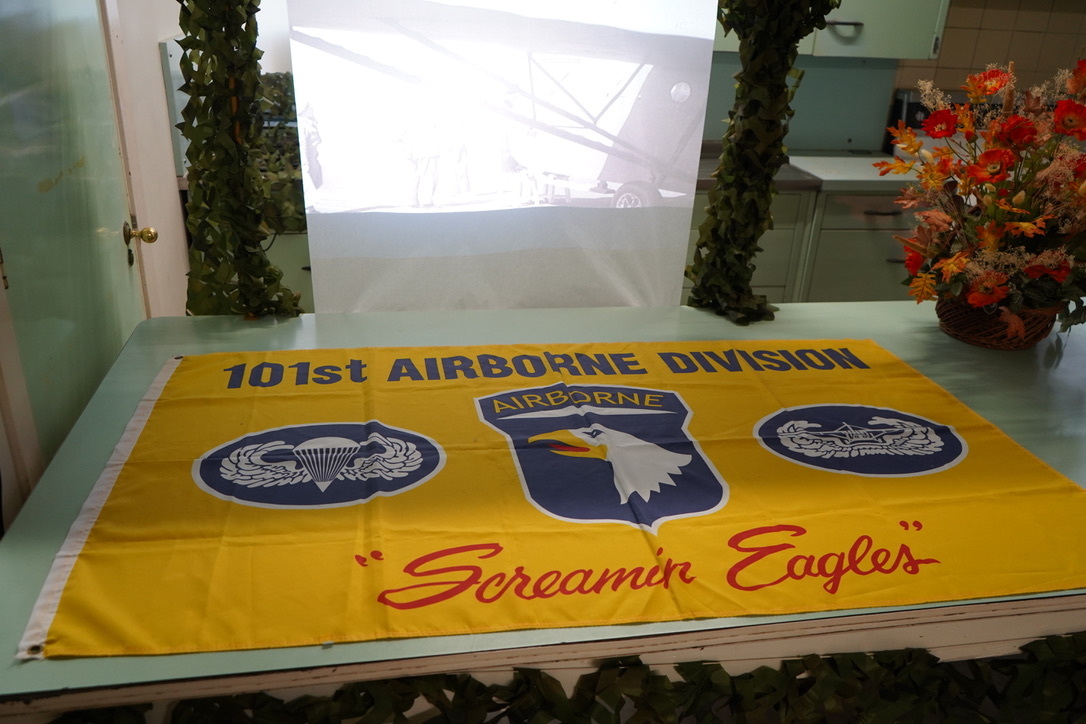
Perhaps the most dramatic transformation in Basildon's history came during World War II, when the house served as a base for Easy Company of the 101st Airborne Division - the legendary "Band of Brothers." Walking through the rooms today, it's almost impossible to imagine these elegant spaces filled with American paratroopers preparing for D-Day, yet the evidence remained long after they departed.
When Lady Iliffe began her restoration in 1952, she discovered walls covered in soldiers' graffiti - messages, drawings, and names of young men who would soon be heading to Normandy. Though most of this has been carefully restored, the National Trust has preserved some examples as a poignant reminder of this period in the house's history.
The soldiers' presence took its toll on the house. They trained in the grounds, used the elegant rooms as dormitories, and practiced their map reading in what is now the library. By the time they departed, almost every window was broken, the lead had been stripped from the roof, and many of the fine architectural details had been damaged or destroyed.
Salvation and Renewal
The salvation of Basildon Park came in 1952 when Lord and Lady Iliffe purchased the near-derelict mansion. Lady Iliffe spent 25 years restoring it, replacing broken windows, stolen lead tiles, and carefully furnishing it with period pieces, including an impressive collection of Batoni paintings. The restoration was nothing short of heroic, requiring immense patience, resources, and dedication to return Basildon to its Georgian splendor.
Standing in the library today, with its carefully restored shelves lined with leather-bound volumes, it's hard to imagine the scene during those war years. Yet photos from the period show rooms stripped of their Georgian grandeur, filled instead with military cots and equipment. The parkland, now so perfectly manicured, was then used for military exercises, with vehicles churning up the lawns and troops practicing maneuvers among the ancient trees.
A New Chapter
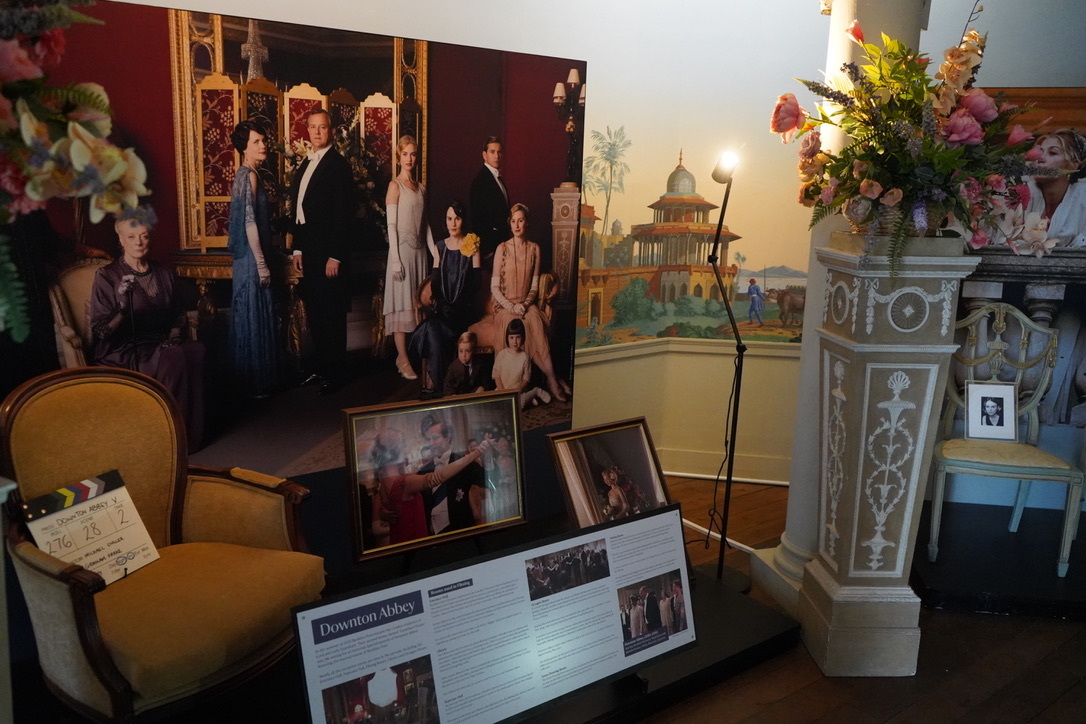
Today, Basildon Park has found new fame as a popular filming location. Its perfectly preserved Georgian interiors have made it ideal for period dramas, appearing as Mr. Bingley's Netherfield in Pride and Prejudice (2005) and as Lady Grantham's London residence, Grantham House, in Downton Abbey. The house has also featured in The Duchess and Marie Antoinette, its elegant rooms providing the perfect backdrop for historical storytelling.
As the sun began to set on our visit, casting long shadows across the lawn and painting the sky in brilliant oranges and pinks, we stood in the Octagon Saloon and tried to imagine the scenes these rooms had witnessed - from Georgian balls to American paratroopers planning their missions. The light caught the delicate plasterwork, creating shadows that seemed to dance across Carr's masterful architectural details, reminding us that despite all it has endured, Basildon Park remains one of English architecture's greatest survivors.
This house stands today as more than just a beautiful example of Georgian architecture. It's a complex monument to Britain's imperial past, a witness to world-changing events, and a testament to the power of preservation and renewal. From its origins in the wealth of empire to its near-destruction and remarkable restoration, Basildon Park has endured to become one of England's most fascinating country houses.
Visitors can reach Basildon Park by train to either Pangbourne or Goring stations, followed by a short taxi ride. If driving, take exit 12 from the M4 and follow signs for Beale Park and Pangbourne. The National Trust maintains the property year-round, though opening times vary by season. Autumn visits are particularly rewarding, with the surrounding parkland ablaze with color from October through November, and the low sun highlighting the architectural details of this remarkable house. Visit as soon as you can. Anglotopia will be back!
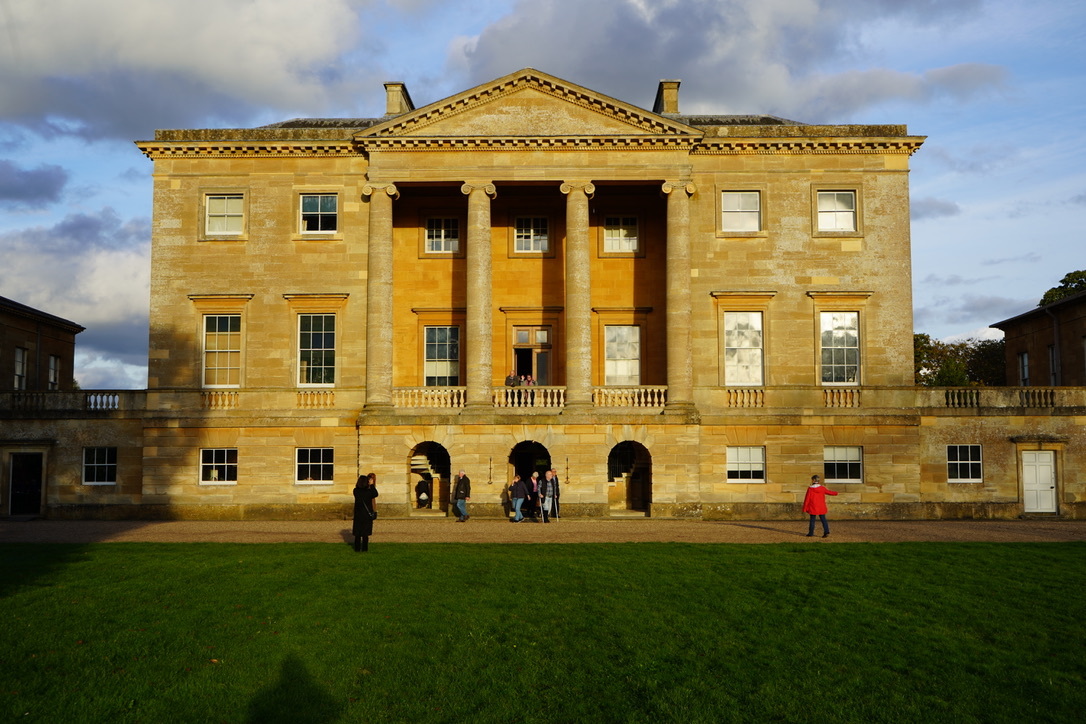
Post a reply